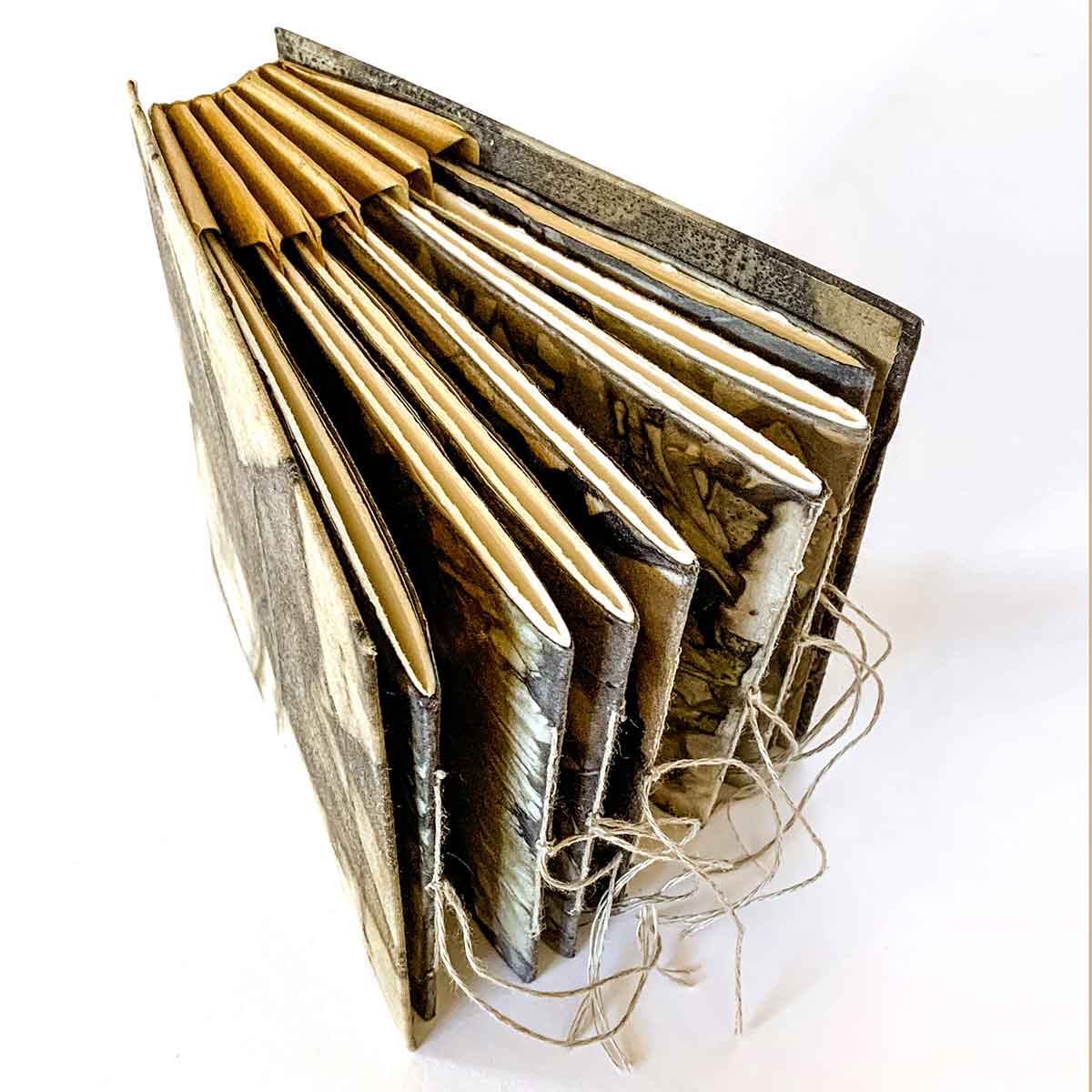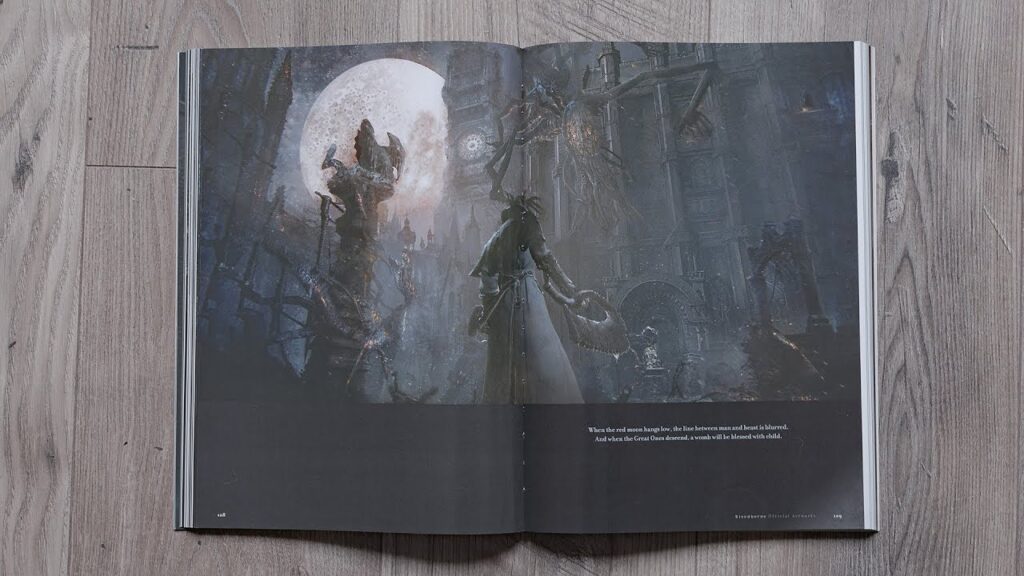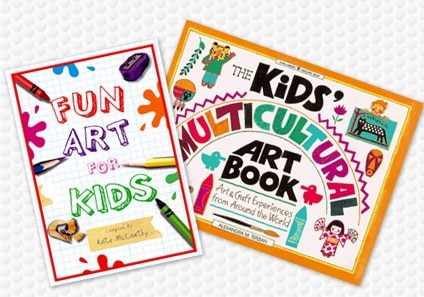Master Color Accuracy for a Professional art book Look
Master Color Accuracy for a Professional art book Look
Blog Article
Understanding the Refine Behind Top Notch Art Book Printing for Art Fanatics
When it comes to high-grade art book printing, understanding the details of the process can elevate your recognition for the last product. As you check out the numerous parts of art book printing, you'll uncover insights that might change your perspective on art preservation and presentation.
The Value of Paper Option in Art Book Printing
When it comes to art book printing, the option of paper can make or damage the last item. You want your art work to beam, and the right paper improves color vibrancy and information. Take into consideration variables like weight, texture, and finish; these aspects significantly affect just how viewers regard your job.
For example, a heavier stock conveys quality and sturdiness, while a distinctive surface can include deepness to pictures. Smooth paper is exceptional for in-depth recreations, enabling fine lines and subtle shades to appear crisp.
Don't forget the paper's illumination; a brighter sheet can aid shades pop, making your art extra distinctive. You'll additionally intend to assume regarding exactly how the paper communicates with inks and whether it can deal with the printing process without warping or bleed-through. Ultimately, picking the ideal paper establishes the stage for your art, ensuring it records the target market's interest just as you envisioned.
Picking the Right Inks for Vivid Recreations
Choosing the right inks is equally as crucial as choosing top quality paper to accomplish dynamic reproductions in your art book. When you're publishing artwork, you want shades that pop and properly represent the initial piece. Opt for inks with a high pigment focus; these have a tendency to produce richer and extra saturated shades.
You could think about making use of archival inks, which stand up to fading in time, guaranteeing your art book stays as striking as the day it was published. If you're dealing with pictures or digitally produced art, pigment-based inks can provide a broader shade gamut, improving detail and depth.
Do not forget the coating! Matte and glossy inks can dramatically change the look of your artwork, so believe concerning the look you're aiming to accomplish - art book. Ultimately, the best ink selection complements your paper selection, producing a magnificent visual experience for your visitors
The Duty of Color Administration in Publish Quality
Shade management plays a vital duty in attaining high print quality for your art book. It ensures that the shades you see on your display convert accurately to the printed page. Without efficient shade management, your lively art work may show up plain or altered, undermining your creative vision.
To begin, adjust your screen consistently. This step aids maintain regular color representation. Next, use shade accounts customized for your printer and paper type. These accounts lead the printer in reproducing colors accurately, decreasing inconsistencies between digital and printed versions.
When you prepare your data, think about utilizing a color space like Adobe RGB or CMYK, relying on your printer's requirements. Constantly proof your work, too; an examination print can expose any type of potential color concerns prior to the final run. By prioritizing shade administration, you protect the integrity of your art, assuring your target market experiences it as you meant.

Comprehending Different Binding Strategies
Achieving the excellent seek your art book surpasses shade management; binding methods also play a substantial duty in its general discussion and toughness. You have several choices to evaluate, each with its very own unique attributes.
If you're aiming for an expert feeling, case binding uses a sturdy choice with a click reference tough cover, perfect for showcasing your art work. On the various other hand, perfect binding supplies an adaptable spine while maintaining prices down, making it a popular option for softcover publications.
Spiral binding allows your art book to lay flat, which is excellent for displaying images without obstruction. At the same time, saddle stitching is optimal for smaller sized pamphlets, giving a clean surface without the mass.
Ultimately, the binding method you select need to mirror your artistic vision and how you want visitors to engage with your work. See to it to consider additional hints these alternatives meticulously to achieve the most effective outcome for your project.
The Effect of Print Size and Design on Presentation
While the choice of print dimension and format might appear second to web content, they greatly influence how your artwork is perceived. The dimensions of your prints can either enhance or diminish the impact of your items. Bigger prints can try this web-site attract customers in, enabling them to value complex details, while smaller formats could call for even more intimate interaction.

Preservation Methods for Lasting Art Books
To assure your art books stand the examination of time, it's important to apply effective conservation methods. Usage acid-free storage boxes or protective sleeves to secure them from dirt and physical damage.
When managing your publications, always wash your hands or put on cotton handwear covers to avoid oils and dust moving onto the pages. Prevent flexing or wrinkling the spines; instead, utilize book sustains when displaying them.
For added security, take into consideration purchasing archival-quality materials for any repair services or improvements. Frequently inspect your collection for indicators of wear or damages, addressing problems immediately. By adhering to these simple strategies, you can ensure your art books stay vivid and accessible for years to come, preserving their charm and value for future generations.
Working together With Printers for Ideal Outcomes
When you're prepared to publish your art book, selecting the ideal printer is crucial to attaining your vision. Clear interaction concerning your assumptions and requirements will certainly assist ensure that both you and the printer are on the same page. Allow's discover just how to make this cooperation as smooth and efficient as possible.
Selecting the Right Printer

Reliable Interaction Techniques
Efficient interaction is essential for turning your art book vision into truth, specifically when collaborating with printers. art book. Start by clearly describing your job's objectives, consisting of layout components, preferred materials, and any particular printing methods. Do not think twice to share your ideas and referrals; this aids the printer recognize your visual
Establish regular check-ins to discuss progress and address any questions. Use visuals, like mock-ups or samples, to convey your concepts extra effectively. Be open to feedback, as printers often have valuable insights that can boost your task. Ultimately, keep a favorable connection by being respectful and appreciative of their competence. This cooperation will guarantee that your art book meets your assumptions and radiates in its final form.
Often Asked Questions
What Prevail Errors to Avoid in Art Book Printing?
When publishing your art book, prevent common blunders like bad resolution images, wrong color accounts, and ignoring web page design. Do not fail to remember to proofread and ascertain details to validate your end product satisfies your expectations.
Exactly How Does Digital Printing Differ From Conventional Printing Approaches?
Digital printing utilizes electronic data to develop prints directly, permitting for quicker turnaround and modification. On the other hand, typical techniques entail physical plates, which can be time-consuming and much less flexible for little runs or one-of-a-kind styles.
What Is the Regular Turnaround Time for Art Book Printing?
The normal turn-around time for art book printing varies, yet you can expect it to take anywhere from a few weeks to numerous months. Factors like complexity, amount, and printing method all influence this timeline.
Can I Publish a Limited Edition Art Book Financially?
You can publish a limited edition art book financially by selecting affordable products, maximizing print runs, and utilizing digital printing alternatives. Mindful planning and budgeting will assist you attain quality without spending too much.
What Are the Ecological Factors To Consider in Art Book Printing?
When considering art book printing, you ought to consider eco-friendly materials, sustainable inks, and energy-efficient processes (art book). Selecting regional printers can additionally lower your carbon footprint, making your project both stunning and ecologically accountable
Report this page